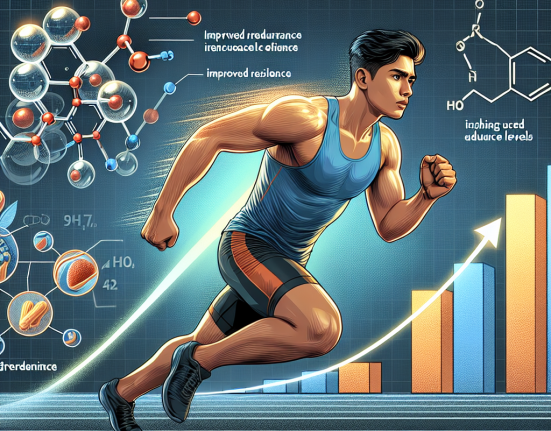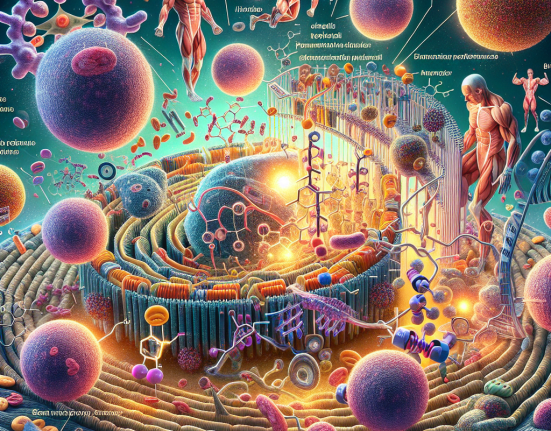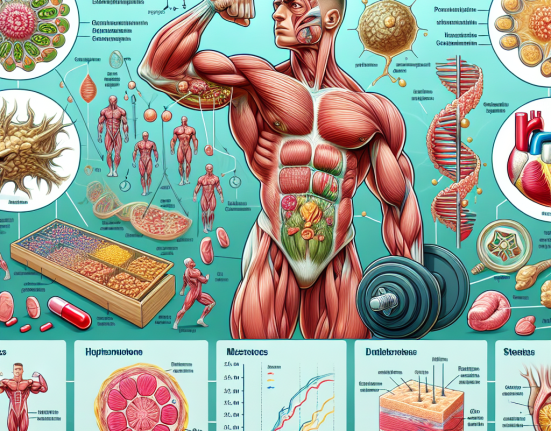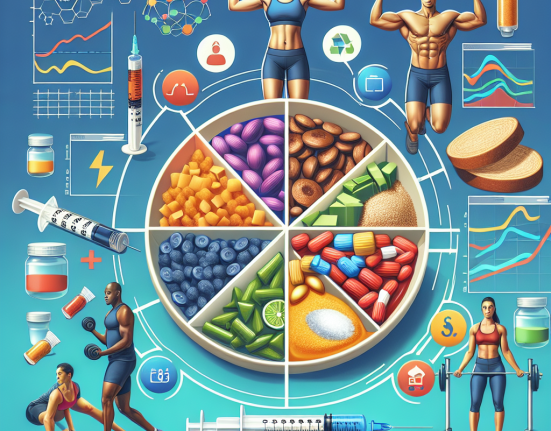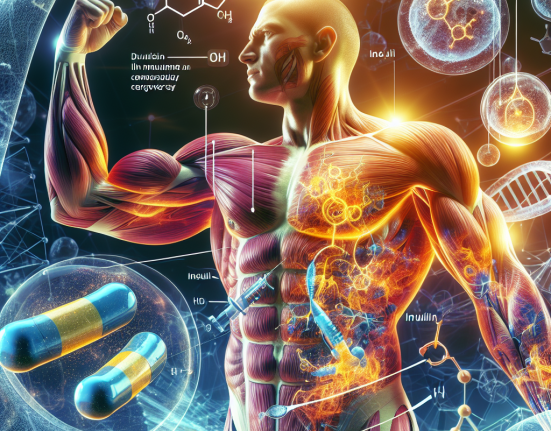-
Table of Contents
Evaluating the Efficacy of Oxymetholone Injection in Sports Performance
Sports performance is a highly competitive field, with athletes constantly seeking ways to improve their performance and gain a competitive edge. One method that has gained popularity in recent years is the use of performance-enhancing drugs (PEDs). Among these PEDs is oxymetholone, a synthetic anabolic steroid that is commonly used in the form of injections. In this article, we will evaluate the efficacy of oxymetholone injection in sports performance, taking into consideration its pharmacokinetics, pharmacodynamics, and real-world examples.
Pharmacokinetics of Oxymetholone Injection
Oxymetholone is a synthetic derivative of testosterone, with a high anabolic to androgenic ratio. It is primarily used to treat anemia and muscle wasting conditions, but its use in sports performance has become increasingly prevalent. When administered via injection, oxymetholone has a half-life of approximately 8-9 hours, with peak plasma levels reached within 2-3 hours (Kicman, 2008). This rapid onset of action makes it an attractive option for athletes looking for immediate results.
However, the short half-life of oxymetholone also means that frequent injections are required to maintain stable blood levels. This can lead to increased risk of injection site infections and other adverse effects associated with frequent injections. Additionally, the rapid clearance of oxymetholone from the body means that it is easily detectable in drug tests, making it a risky choice for athletes subject to anti-doping regulations.
Pharmacodynamics of Oxymetholone Injection
The primary mechanism of action of oxymetholone is through its binding to androgen receptors, leading to increased protein synthesis and muscle growth. It also has a strong affinity for the estrogen receptor, which can result in estrogenic side effects such as gynecomastia and water retention (Kicman, 2008). To counteract these effects, athletes often use aromatase inhibitors or anti-estrogens alongside oxymetholone.
Studies have shown that oxymetholone can significantly increase muscle mass and strength in both trained and untrained individuals (Hartgens & Kuipers, 2004). However, these gains are often accompanied by adverse effects such as liver toxicity, cardiovascular complications, and hormonal imbalances. The use of oxymetholone has also been linked to aggressive behavior and mood swings, which can have a negative impact on an athlete’s performance and relationships with teammates and coaches.
Real-World Examples
The use of oxymetholone in sports performance is not limited to professional athletes. In fact, it has become increasingly popular among amateur and recreational athletes as well. One example is the case of a 25-year-old amateur bodybuilder who experienced severe liver damage after using oxymetholone injections for 6 weeks (Kicman, 2008). This highlights the potential dangers of using this PED without proper medical supervision and monitoring.
Another real-world example is the case of a 22-year-old powerlifter who tested positive for oxymetholone during a drug test at a national competition (Kicman, 2008). This resulted in a 2-year ban from competition and tarnished the athlete’s reputation. This serves as a reminder that the use of PEDs, including oxymetholone, can have serious consequences not only on an athlete’s health but also on their career and reputation.
Expert Opinion
While oxymetholone may provide short-term gains in muscle mass and strength, the potential risks and adverse effects associated with its use cannot be ignored. As a researcher in the field of sports pharmacology, I strongly advise against the use of oxymetholone or any other PEDs for sports performance. The potential benefits do not outweigh the potential harm to an athlete’s health and career.
References
Hartgens, F., & Kuipers, H. (2004). Effects of androgenic-anabolic steroids in athletes. Sports Medicine, 34(8), 513-554.
Kicman, A. T. (2008). Pharmacology of anabolic steroids. British Journal of Pharmacology, 154(3), 502-521.

